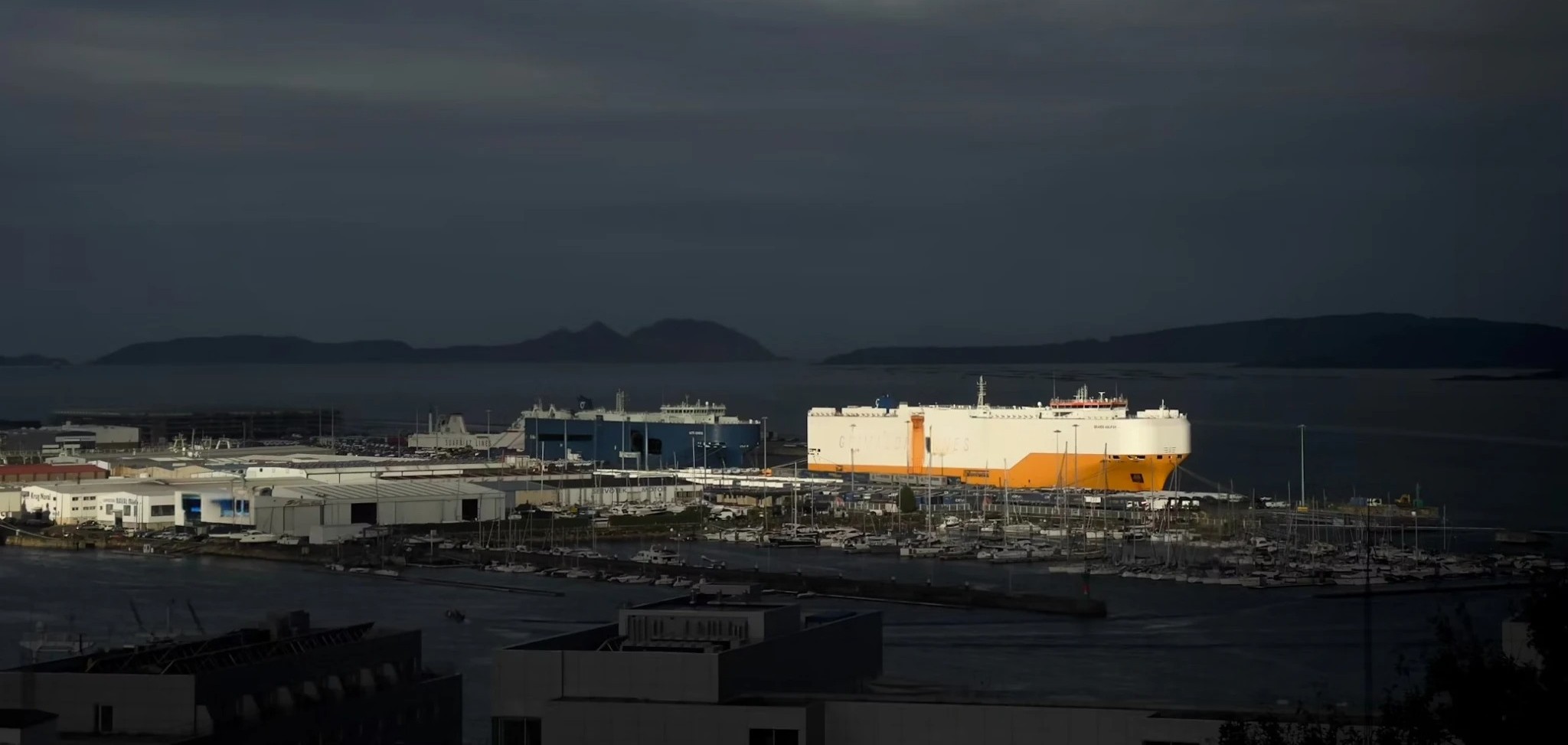When considering international transport of cargo and vehicles, two popular options frequently come into mind: RoRo and container shipping.
Given that both options have existed for decades, it demonstrates that they are highly reliable shipping choices for various industries.
Even so, one option is better than the other and vice versa when it comes to certain aspects and considerations when meeting business goals.
As a result, when should we use RoRo or container shipping to deliver our cargo and vehicles? Read more below!
Also Read: The Appeal and Benefits of a Shipping Container Houseboat
RoRo Shipping: An Overview
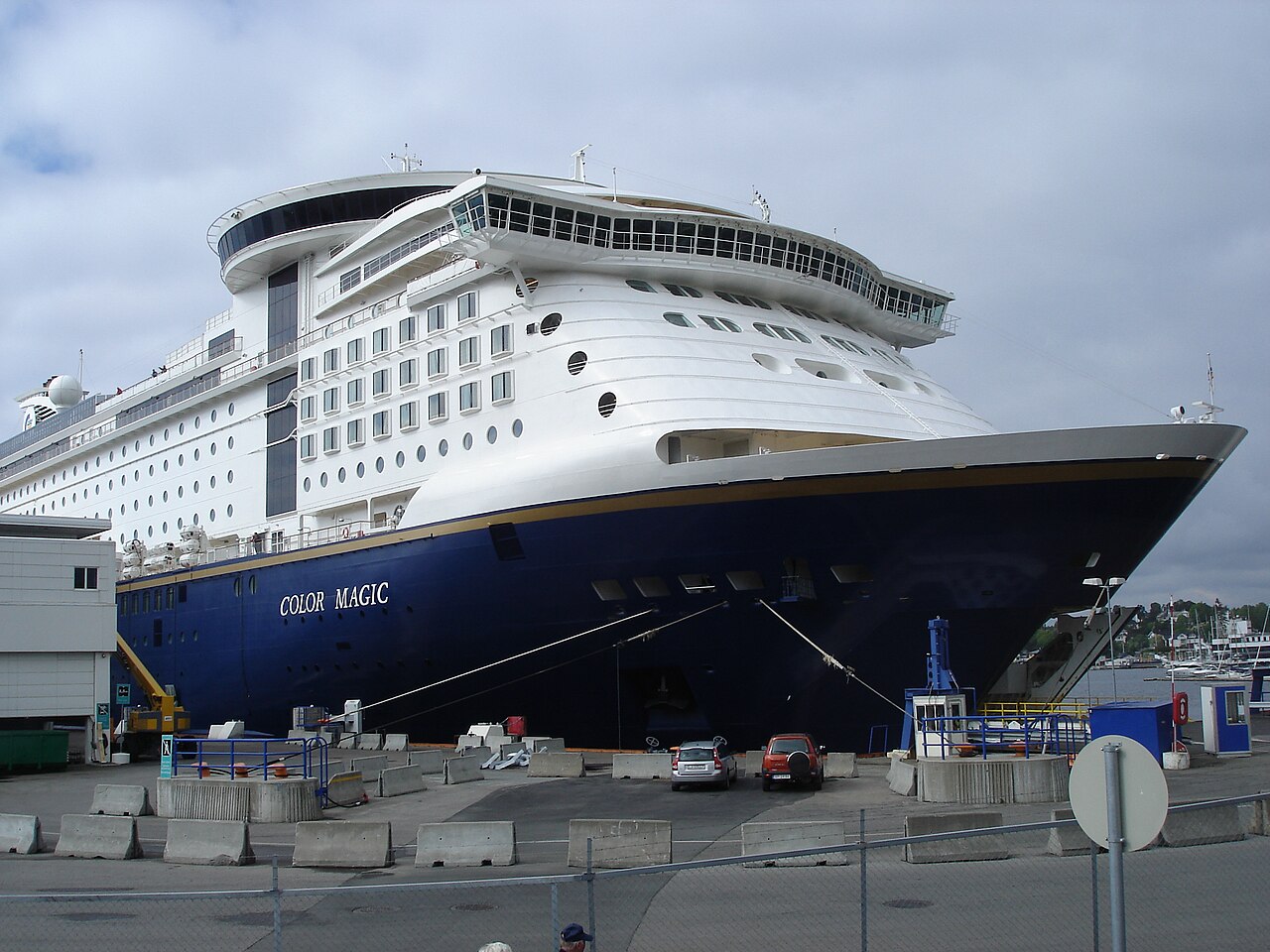
Before understanding more about the pros and cons of RoRo and container shipping, let’s see some basics about the former.
Definition
RoRo (Roll-on/Roll-off) shipping is a specialized maritime transport method for wheeled cargo like cars, trucks, buses, heavy machinery, and recreational vehicles.
With RoRo vessels, you can drive vehicles directly onto the ship using ramps and secure them in designated spaces.
This feature eliminates the need for cranes or additional handling equipment during loading and unloading.
RoRo ships are essentially floating parking garages, with multiple decks and ramps that allow for efficient movement of vehicles on and off the vessel.
When to Choose Container Shipping
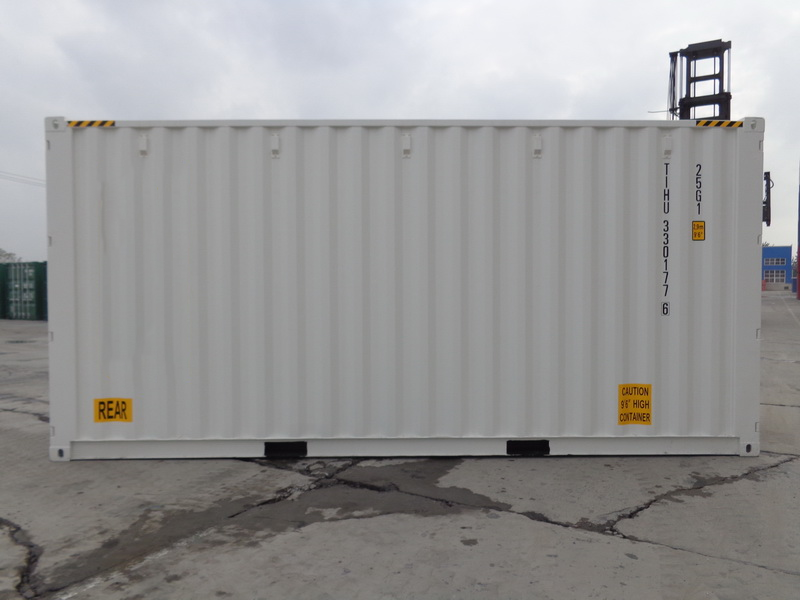
While both RoRo and container shipping are versatile in various stations, choose the latter if you must deliver the following:
For Cargo That Requires Extra Protection
Container shipping provides a secure environment that shields goods from external elements like weather conditions, dust, or saltwater exposure during transit.
This makes it ideal for fragile or high-value items such as electronics, furniture, or luxury cars. Containers also minimize the risk of theft or vandalism since they are locked and their contents are hidden from view.
If you’re shipping goods sensitive to moisture, temperature fluctuations, or rough handling, containers offer a level of protection that open-deck or RoRo shipping cannot match.
For Mixed Cargo or Smaller Items
If you’re transporting diverse goods like household items or smaller equipment, container shipping offers flexibility in packing and organizing items within a single unit.
You can also customize your container by adding shelving or partitions to optimize space utilization and arrange every item in the proper places.
For Perishable Goods
Refrigerated containers (reefers) are essential for transporting temperature-sensitive products like food or pharmaceuticals.
These containers maintain precise temperature control throughout transit, ensuring that goods arrive in optimal condition.
If your cargo includes fresh produce, dairy, meat, or medicines, container shipping with reefers is the only practical solution for long-distance or international transport.
For Long-Distance Transport
Container ships often operate on frequent schedules with larger freight capacities than RoRo vessels.
They serve more ports globally and tend to have faster transit times overall. If your cargo needs to travel long distances with minimal delays, container shipping may be the better option.
The global network of container ports also means you have more flexibility in choosing your origin and destination points.
For Enhanced Security
Containers offer superior security features compared to RoRo shipping because only authorized personnel can access their cargo content.
You can also add seals and locks for extra protection, and many shipping lines offer tracking services so you can monitor your container’s location in real-time.
For Non-Operational or Disassembled Vehicles
If you need to ship a non-running vehicle, a classic car, or a disassembled machine, container shipping is often the only viable option.
Vehicles that cannot be driven onto a RoRo vessel can be loaded into a container using a forklift or crane, secured, and shipped safely to their destination.
When to Choose RoRo Shipping
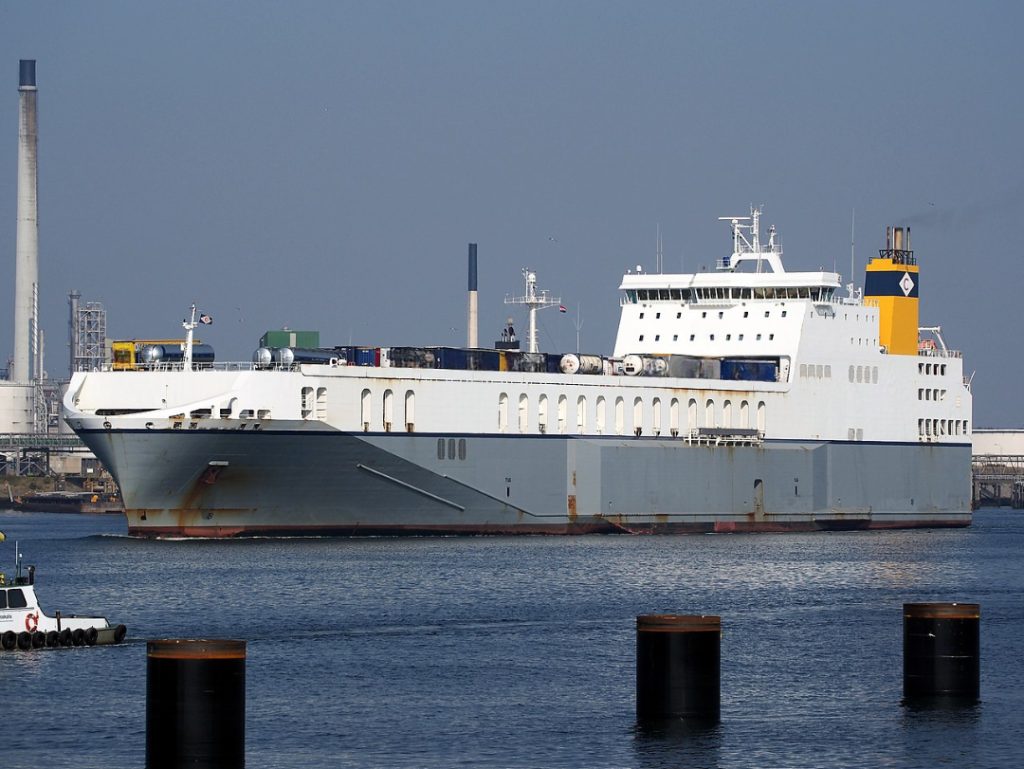
Despite the best qualities of container shipping, you should choose RoRo shipping to deliver these items locally or internationally:
For Vehicles and Wheeled Machinery
RoRo shipping’s ability to drive cars, trucks, buses, construction equipment (e.g., bulldozers), and recreational vehicles (RVs) directly onto the vessel simplifies the loading and unloading processes.
If you’re shipping a fleet of cars, heavy trucks, or agricultural machinery, RoRo is often the most efficient and cost-effective method.
For Fully Operational Vehicles
If your vehicles are in good working condition and can be driven onto the ship without additional handling equipment, RoRo is what you need.
It eliminates the need for cranes or specialized lifting devices required in container shipping, perfect for car dealerships, rental companies, or manufacturers exporting new vehicles.
For Heavy Equipment
Large machinery that doesn’t fit into standard containers (e.g. cranes or excavators) is better suited for RoRo vessels due to their spacious decks that accommodate oversized loads.
RoRo ships can handle cargo that is too tall, wide, or heavy for containerization, making them ideal for construction and mining equipment.
For Time-Sensitive Deliveries
The streamlined loading and unloading processes of RoRo vessels make them faster than container shipping in certain scenarios.
Vehicles are simply driven on and off the ship using ramps rather than being lifted by cranes. This efficiency means quicker turnaround times at ports and saves crucial time.
For Cost Savings on Vehicle Transport
Shipping vehicles via RoRo is often more economical than containerizing them individually.
For high-volume vehicle transport, such as exporting fleets of cars, RoRo shipping reduces costs by eliminating packaging expenses associated with containers.
For Oversized or Irregularly Shaped Cargo
RoRo vessels can accommodate cargo that cannot be easily containerized due to its size or shape, such as boats, trailers, and even prefabricated structures.
If your cargo is too large or awkward for a standard container, choose RoRo to deliver it without fear of having enough space.
Cost Comparison

Cost-related matters can influence someone choosing either one of the RoRo and container shipping options:
Container Shipping Costs
Container shipping tends to be more expensive due to packaging requirements (e.g., pallets or crates), crane operations at ports, and additional handling fees.
However, its ability to consolidate mixed cargo can offset costs when transporting diverse goods.
You may also incur costs for container rental, demurrage, and storage if your cargo is delayed at the port.
RoRo Shipping Costs
RoRo is generally more cost-effective for vehicles and heavy machinery since it eliminates packaging expenses and requires less handling equipment at ports.
However, it may not be suitable for smaller shipments or fragile items requiring extra protection.
RoRo rates are typically calculated based on the vehicle or equipment’s size (length, width, height) and weight.
Transit Times Comparison

RoRo and container shipping can have varying delivery speeds depending on certain circumstances.
Container Shipping
Container ships often travel at higher speeds than RoRo vessels due to their design and operational schedules.
However, loading/unloading containers can take longer due to crane operations and customs inspections.
If your cargo is delayed at the port, it may have to wait for the next available vessel.
RoRo Shipping
While RoRo vessels may travel slower overall, their streamlined loading/unloading processes make them faster at ports.
Furthermore, RoRo ships tend to have more predictable schedules for vehicle shipments, as they are less affected by port congestion.
Flexibility in Ports and Routes
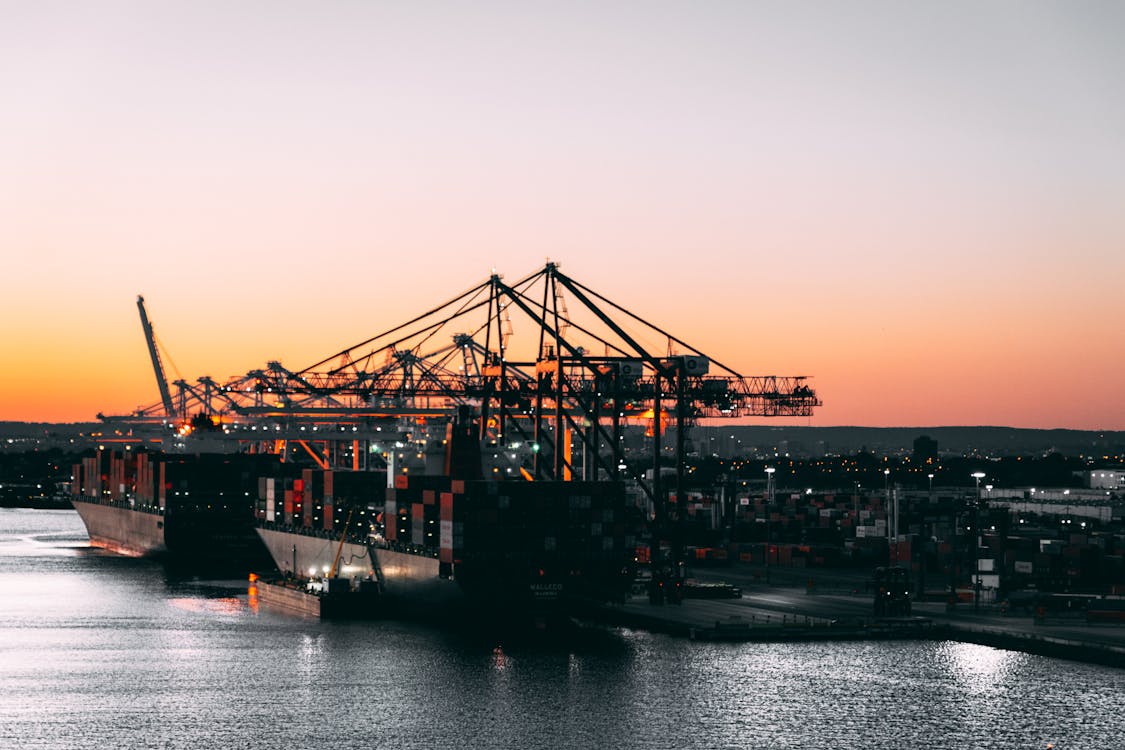
The different workflow between RoRo and container shipping determines their flexibility during practice.
Container Shipping
Containers are usable at a wider range of ports equipped with cranes. They also allow seamless transfers between ships, trucks, and trains for intermodal logistics.
This flexibility is a major advantage for global supply chains and businesses with complex distribution networks.
RoRo Shipping
RoRo vessels require specialized ports with ramps designed for wheeled cargo. This limits their accessibility compared to container ships but ensures quick handling at equipped terminals.
If your origin or destination port does not have RoRo facilities, you may need to arrange for overland transport to the nearest suitable port.
Combining Both Methods: Hybrid Solutions
In some cases, combining container shipping with RoRo can optimize logistics operations:
- Use containers for fragile or mixed cargo while utilizing RoRo vessels for vehicles or heavy machinery.
- Diversify transportation modes based on cost efficiency and delivery timelines.
- Some shipping lines offer “container on RoRo” services, where people load onto RoRo vessels for specific routes.
Other Considerations
Insurance and Liability
- Container Shipping: Insurance premiums may be higher for high-value or fragile goods, but the sealed environment of a container reduces the risk of damage or theft.
- RoRo Shipping: Insurance for vehicles is generally straightforward, but you should ensure your policy covers potential risks such as scratches, dents, or theft during transit.
Customs and Documentation
- Container Shipping: Customs clearance can be more complex due to the variety of goods in a single container. Accurate documentation and packing lists are essential.
- RoRo Shipping: Documentation is usually simpler, especially for vehicles, but you must provide proof of ownership, registration, and any required export/import permits.
Environmental Impact
- Container Shipping: Modern container ships are increasingly fuel-efficient, and the ability to consolidate cargo reduces the number of trips required.
- RoRo Shipping: RoRo vessels are also improving in efficiency, but the need to transport empty vehicles or equipment can increase emissions per unit of cargo.
Also Read: Gensets for Reefer Containers – Types, Importance, and More
Conclusion
While RoRo and container shipping have their proven pros and cons, it all comes down to your circumstances and needs when you have to choose one of them. If you finally choose container shipping to deliver your cargo, contact Tradecorp today to source the best-quality containers for that purpose! With an enduring commitment to unparalleled container design and services, Tradecorp always delivers to all customers with container needs anytime.

